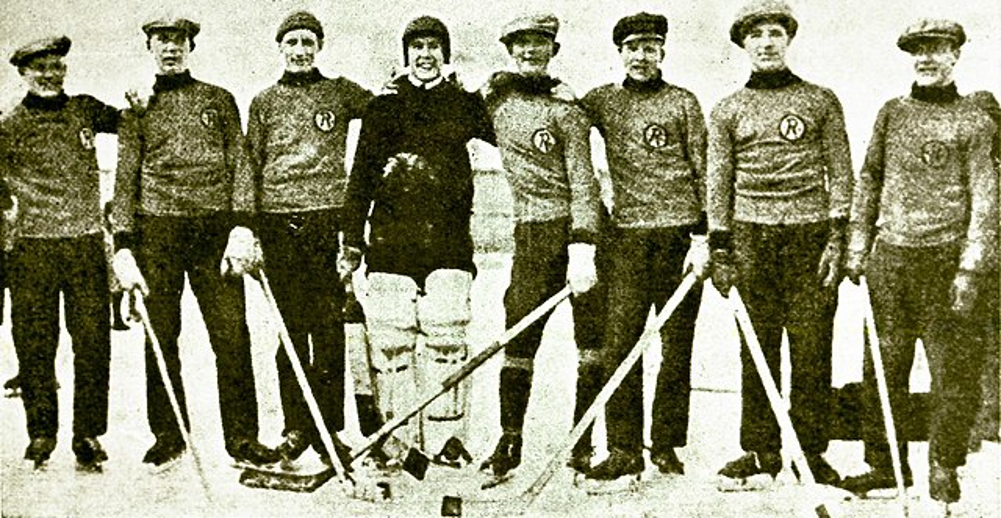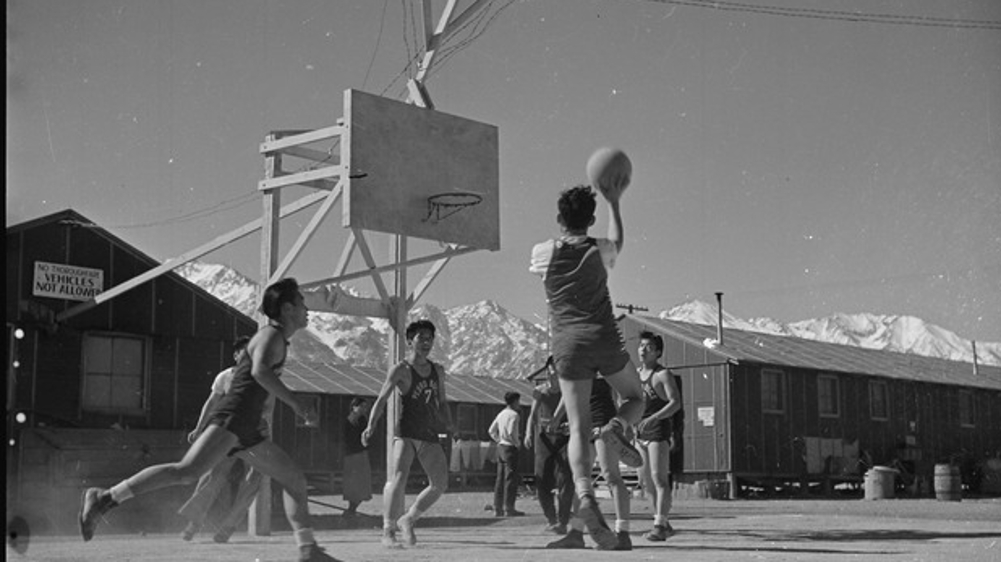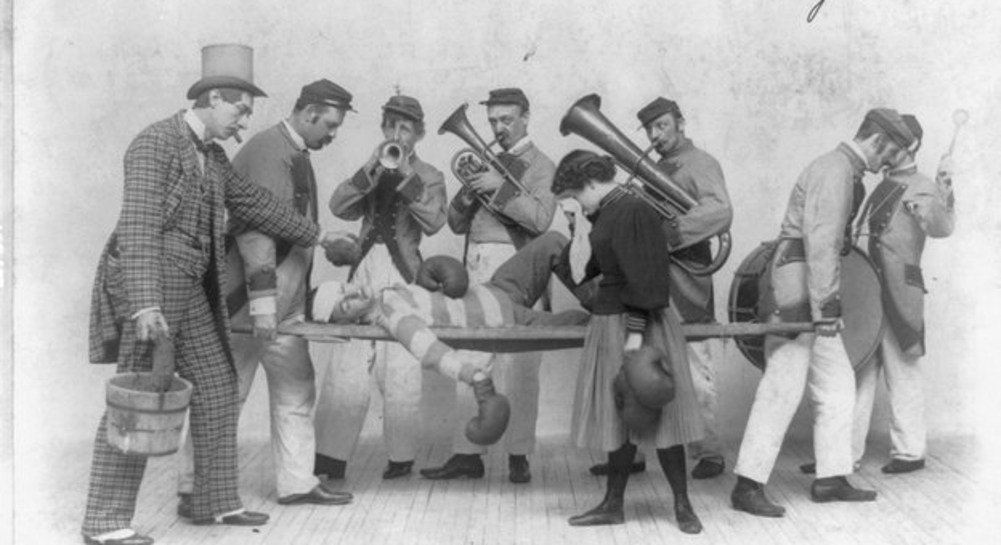Famous Baseball Players Who Wore Number 1
Prepare to embark on a journey through the annals of baseball, as we unveil the stories of legendary players who dared to don the number one. This series isn't just about statistics, it's about diving deep into the grit, talent, and unique qualities that made these stars shine brightest.
Will the offensive prowess of Lou Gehrig, the "Iron Horse," leave you awestruck? Will the defensive wizardry of Ozzie Smith, the "Wizard of Oz," make you believe in magic? Will the leadership of Yogi Berra, the "Scooter," redefine your understanding of baseball wisdom?
Get ready to be surprised, challenged, and maybe even have your favorite forgotten heroes resurface as we illuminate the true #1s of baseball. These players didn't just wear the number, they embodied its spirit, leading the charge with unwavering determination and leaving an undeniable mark on the game.
So, grab your peanuts, crack open a box score, and settle in for a series that celebrates the underdogs, the trailblazers, and the undisputed legends who wore the most unique number in baseball history.
Cool Papa Bell The Baseball Legend
Joe Morgan Baseball Hall of Fame
Joe Morgan Bio on SABR. Born September 19, 1943, in Bonham, Texas, was Baseball Hall of Fame Second Baseman, Joe Morgan. Morgan also played a little bit of Left Fielder, Third Baseman, and Center Field wearing the number 8 on the Cincinnati Reds (1972-79), Houston Astros (1980), San Francisco Giants (1981-82), Philadelphia Phillies (1983), and Oakland Athletics (1984) for 13 seasons as he batted 0.271 for his career, had an On Base percentage of 0.427, with 268 career Home Runs, and 5 Gold Glove Awarded Seasons. Morgan is one of the top MLB players to have worn Jersey Number 12. He is also top MLB players to have worn Jersey Number 10.
Ozzie Smith the Wizard of Baseball Oz
Drafted by the San Diego Padres, Smith blossomed with the St. Louis Cardinals, becoming a nine-time Gold Glove winner, an accolade unmatched at his position. His seemingly impossible catches and smooth throws turned routine plays into highlight reels, leaving jaws agape and opponents bewildered.
But Smith wasn't just a defensive marvel. A solid hitter with a knack for stealing bases, he fueled the Cardinals' offense, contributing to their 1982 World Series victory. His 2,460 career hits and 580 stolen bases solidified his offensive value, but his glove truly defined him.
Earle Combs Early Baseball Star
Born in Kentucky in 1899, Combs initially pursued a career in education. However, his natural talent for baseball, particularly his blazing speed and sharp eye, led him to the professional ranks. Joining the New York Yankees in 1924, he quickly solidified himself as the starting center fielder. His calm demeanor and defensive prowess earned him the nickname "The Kentucky Colonel."
Combs' offensive contributions were equally valuable. A natural leadoff hitter, he possessed a high on-base percentage, consistently setting the table for the likes of Babe Ruth and Lou Gehrig. His career batting average of .325 speaks volumes for his ability to get on base and spark rallies. A three-time league leader in triples further underlines his speed and ability to stretch singles into extra bases.
Combs wasn't just a valuable cog in the Yankees' machine; he was a leader by example. Respected by teammates and opponents alike for his sportsmanship and work ethic, he embodied the quiet confidence that permeated the Yankee clubhouse. He played a crucial role in the team's nine World Series championships, his consistent performance a crucial counterpoint to the more explosive heroics of his teammates.
Combs' career was tragically cut short by a head injury sustained in a collision with the outfield wall in 1934. While he returned the next season, another injury forced him into retirement in 1935. Despite a relatively short career, his impact on the Yankees dynasty is undeniable.
Rabbit Maranville Hall of Fame Third Baseman
Maranville began with the Boston Braves in 1912, primarily playing shortstop. Though not a power hitter, he averaged around .260 throughout his career, contributing through his speed on the basepaths (stealing 291 bases) and defensive prowess. He led his league in putouts by shortstops six times and established himself as a defensive stalwart.
Maranville's career mirrored the evolution of baseball. In 1920, the livelier ball was introduced, and his average improved slightly. He played for several teams, including the Pittsburgh Pirates, Chicago Cubs, Brooklyn Robins, and St. Louis Cardinals, demonstrating his versatility and value across different leagues.
-Early Career
Born November 11, 1891, in Springfield, Massachusetts, was Baseball Hall of Fame Third Baseman Walter Rabbit Maranville. This legend played for the Boston Braves, Pittsburgh Pirates, Chicago Cubs, Brooklyn Robins, and St. Louis Cardinals during his illustrious 23-year MLB career.
-Baseball Legacy of the Man They Called rabbit
That was a record tenure for a player for decades until Pete Rose surpassed him. Maranville is known as one of "baseball's most famous clowns" due to his practical jokes, drinking binges, and humorous stints like swallowing goldfish or setting off firecrackers. He made fun of fellow MLB players by imitating their attributes or nuances and even donned thick glasses to poke fun at the umpires.
While not a Hall of Famer based solely on statistics, Maranville's longevity, defensive excellence, and consistent contributions secured his place in Cooperstown in 1954. Later in his career, he served as a player-manager and remained involved in baseball through youth programs. "Rabbit" Maranville's career embodied the grit and determination needed for baseball success, proving that greatness can come in unexpected packages.
Pee Wee Reese Baseball Champion
Harold "Pee Wee" Reese's baseball career doesn't boast the most eye-catching statistics. But his impact on baseball goes far beyond batting averages and home runs. Reese stood as a beacon of courage and leadership during a pivotal time in the sport's history, forever etching his name in baseball lore.
Reese's journey began in Kentucky, where his love for the game blossomed. He joined the Brooklyn Dodgers in 1940, quickly becoming a reliable shortstop known for his smooth fielding and clutch hitting. He earned a reputation as a team leader, respected by teammates and opponents alike.
However, Pee Wee Reese's legacy transcends his on-field skills. In 1947, Jackie Robinson shattered baseball's color barrier, becoming the first Black player in Major League Baseball. Robinson faced relentless racism and hostility, often feeling isolated. It was in this tense atmosphere that Pee Wee Reese displayed an act of quiet defiance that became a powerful symbol.
During a game in Cincinnati, a notoriously racist city, Robinson was subjected to vicious abuse. In a gesture of solidarity, Reese, the team captain, famously walked over and put his arm around Robinson's shoulder. This simple act, captured in photographs, spoke volumes. It showed support for Robinson and sent a clear message that racism wouldn't be tolerated. While not single-handedly ending discrimination, Reese's gesture became a powerful image of unity and acceptance.
Beyond that pivotal moment, Reese continued to be a supportive teammate throughout Robinson's career. He mentored younger players and helped create a more inclusive environment in Brooklyn. His leadership played a crucial role in Robinson's success and paved the way for future generations of Black players.
Pee Wee Reese's career spanned 16 seasons. He was a six-time All-Star and a key member of several Brooklyn Dodger teams that contended for championships. While his batting average was solid, he wasn't a power hitter or a flashy fielder. His true strength lay in his calm demeanor, leadership, and unwavering sportsmanship.
Pee Wee Reese retired in 1958, leaving behind a legacy that extended far beyond the baseball diamond. He became an ambassador for the sport, promoting inclusivity and sportsmanship.
The Pee Wee Reese Biography, of his life and Baseball Hall of Fame career from Britanicca.com. Reese has been described as the "heart and soul" of the Brooklyn Dodgers teams of the 1940s and 50s.
He broke into the Big Leagues at the ripe age of 21 in 1940 and played all the way through the 1958 season, except during the War years when he served his country. Reese is considered one of the top MLB players to have worn the Number 1 Jersey.
Paul Waner Legend of the Line Drive
Waner's professional journey began in 1926 with the Pittsburgh Pirates. He quickly established himself as a force to be reckoned with, leading the league in batting average in his second season at a staggering .380. This offensive outburst was just the beginning, as Waner would go on to win two more batting titles throughout his career, solidifying his reputation as one of the game's finest hitters.
Unlike the "dead ball" era that preceded him, Waner thrived in the "lively ball" era of the 1920s and 30s. His approach to hitting was a study in precision. He possessed a keen understanding of the strike zone and a remarkable ability to put the bat on the ball consistently. This resulted in an astounding eight seasons with over 200 hits, a feat rarely seen today. Waner wasn't just a singles hitter either, accumulating a healthy amount of doubles and triples, showcasing his well-rounded offensive skillset.
Beyond his offensive prowess, Waner was a valuable asset defensively. Patrolling centerfield with grace and agility, he combined excellent range with a strong throwing arm, making him a complete package on the field.
Waner's dedication to the game was legendary. His tireless work ethic and meticulous preparation earned him the respect of his teammates and the admiration of fans. He even displayed remarkable longevity, playing a remarkable 20 seasons, a testament to his dedication and physical conditioning.
In 1942, Waner achieved a milestone coveted by all hitters – joining the prestigious 3,000-hit club. His final career batting average of .333 stands as a lasting testament to his brilliance at the plate. His induction into the National Baseball Hall of Fame in 1952 further cemented his place among baseball's elite.
Born April 16, 1903, in Harrah, OK, was Baseball Hall of Fame Right Fielder, Paul Waner. for four teams between 1926 and 1945, most notably playing his first 15 seasons with the Pittsburgh Pirates.
Paul also played for the Brooklyn Dodgers (1941 and 1943–1944), Boston Braves (1941–1942), and the New York Yankees (1944–1945). The greatest Pirate outfielder up to his retirement, he won the 1927 NL Most Valuable Player Award in his second season. Paul Waner batted 0.333 for his career, had an On Base percentage of 0.473, with 113 career Home Runs. Waner was one of the top MLB players to have worn the Number 9 Jersey.
The Baseball Brilliance of Richie Ashburn
Yet, for two decades, his impact on the Philadelphia Phillies and the National League was undeniable. This essay explores the career of Ashburn, a two-time batting champion and a Hall of Fame outfielder who captivated fans with his talent and hustle.
Ashburn's professional journey began in 1948, immediately making a splash as a rookie with the Phillies. His .333 batting average and All-Star selection showcased his exceptional hitting ability and a keen eye at the plate. He wasn't a power hitter, but his consistency and speed on the basepaths made him a constant threat. In 1951, Ashburn led the National League in hits three times throughout his career, a testament to his consistent contact hitting.
Defense was another hallmark of Ashburn's game. He routinely led the league in outfield putouts, displaying a smooth glove and a strong arm in centerfield. His baseball IQ and instincts made him a valuable asset in the Phillies' defensive scheme.
Despite his talent, Ashburn's tenure with the Phillies wasn't without challenges. The team struggled to achieve consistent success, and in 1960, he was traded to the Chicago Cubs. Though many saw it as the end of his prime, Ashburn rebounded with several productive seasons with the Cubs and later, the New York Mets.
Ashburn also played the positions of Left Fielder, Right Fielder, and Second Baseman wearing the Number 1 on the Philadelphia Phillies (1948-59), Chicago Cubs (1960-61), and New York Mets (1962). He is considered one of the top MLB players to have worn the Number 1 Jersey.
Bobby Doerr The Baseball Man Who Silenced Doubts
Playing primarily second base, Doerr's glove was legendary. He won eight Gold Glove Awards, showcasing his remarkable range and instincts. But he wasn't just a defensive specialist. His clutch hitting earned him the nickname "Mr. September" for his late-season heroics. He batted over .300 six times and was vital to the Red Sox's 1946 and 1950 World Series championships.
Doerr's career was challenging. He served in World War II, delaying his playing career. Injuries hampered him later, and he was traded to the Kansas City Athletics in 1959. However, he remained a fan favorite in Boston, returning to the Red Sox organization as a coach and scout after retirement.
Doerr's legacy extends beyond statistics. He embodied class and sportsmanship, earning respect from teammates and opponents alike. He was inducted into the Baseball Hall of Fame in 1988, solidifying his place as one of the greatest Red Sox ever.













